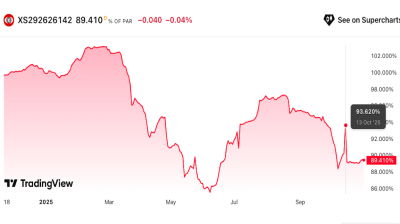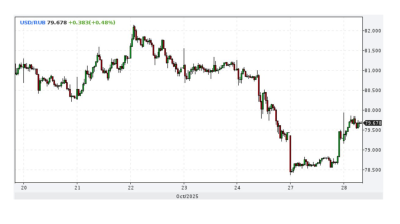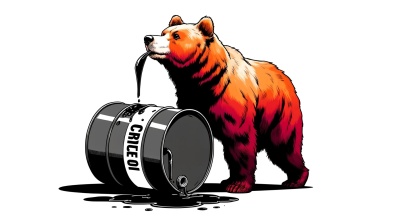Russia’s industrial output slowed to 1.1% y/y in January from 2% in December 2018, Rosstat reported on February 18.
Despite Rosstat announcing that it would change the base year for y/y comparisons from 2010 to 2017, the data is still based on 2010 prices and is therefore comparable to earlier statistics, according to BSC Global Markets chief economist Vladimir Tikhomirov.
Russia’s industrial and manufacturing activity is slowing after a relatively robust 2018, which saw industrial production growth of between 2-3% most months. But industrial activity began to fall off at the start of this year. The results were mirrored by a slowdown in the IHS Markit Russia Manufacturing Purchasing Managers (PMI), which was only just above the 50 no-change mark in January.
However, in a comment for bne IntelliNews Capital Economics argued that the slump in manufacturing would be temporary and was caused by cuts to Russia’s defence spending at the end of last year.
“We think that there are two plausible explanations for the weakness in this sub-sector. The first is that a fall in military spending dragged on output. Public finance figures show that consolidated government expenditure on ‘national defence’ fell to a near three-year low of 2.9% of GDP in December,” Capital Economics said in a note. “The second explanation is that the boost from a sharp rise in the production of trains in late-2017 and the first half of 2018 faded. It looks like Russian Railways added new electric trains in this period, particularly within Moscow to meet higher demand during the World Cup.”
Industrial weakness was driven by the manufacturing sector. All three major industrial segments demonstrated a slowdown in January: the resource industry contracted to 4.8% (from 6.3% y/y in December), the manufacturing industry contracted by 1% y/y (v 0% in December), and utilities output expanded by 1.3% y/y (4.5% in December). In seasonally-adjusted terms, industrial growth slowed to just 0.1% m/m (2% y/y) in January from 0.3% m/m (2.9% y/y) in December, BCS reports.
Base factors and the VAT rise are the major factors for the slowdown, according to BCS’s Tikhomirov.
The slowdown was expected due to weaker domestic demand following the VAT hike at the start of the year. The base factor also added to industrial weakness and was triggered by OPEC+ cuts in oil output, a warmer winter and cuts in defence procurements. Softer output was seen in the food industry (meats, dairy), construction materials (which confronts Rosstat’s take last year on an acceleration in construction dynamics), electronics, chemicals and automotive (car production fell by 0.1% y/y – the first decline in many months, driven by a rise in new car prices after the VAT hike). At the same time, metallurgy and locomotive production demonstrated solid gains last month.
“The first indicator of expected 1H19 weakness in the Russian economy due to the VAT rise, base factor, warmer weather and OPEC+ oil cuts. However, we expect growth in the economy to gain pace in 2H19,” said Tikhomirov.
Industry is expected to accelerate in 2H19. After a rather weak start to the year, Tikhomirov expects industry to gain pace in 2H19 and to grow by an average of 2.7% y/y in FY19 (2.9% y/y in 2018).
“These estimates are based on the previous data sets; if/when Rosstat updates it statistics to include 2017 as the base year, as promised, I will have to revise my estimates as well,” Tikhomirov added.
Data

Czech growth accelerates as domestic demand-side pressure builds
The Czech economy delivered an unexpected acceleration in the third quarter, marking a clear shift from its earlier position as a regional underperformer to one of Central and Eastern Europe’s fastest-growing economies.

Eurobonds of Istanbul-listed Zorlu units offer attractive yields amid rating downgrades and no default expectation
Debut paper currently offering 14-15% yield.

Ruble strengthens as sanctioned oil companies repatriate cash
The Russian ruble strengthened after the Trump administration imposed oil sanctions on Russia’s leading oil companies, extending a rally that began after the Biden administration imposed oil sanctions on Russia in January.

Russia's central bank cuts rates by 50bp to 16.5%
The Central Bank of Russia (CBR) cut rates by 50bp on October 24 to 16.5% in an effort to boost flagging growth despite fears of a revival of inflationary pressure due to an upcoming two percentage point hike in the planned VAT rates.



